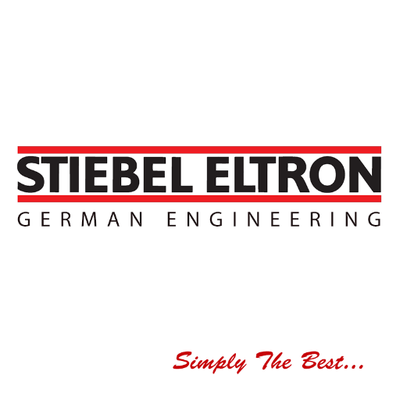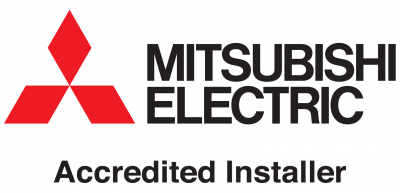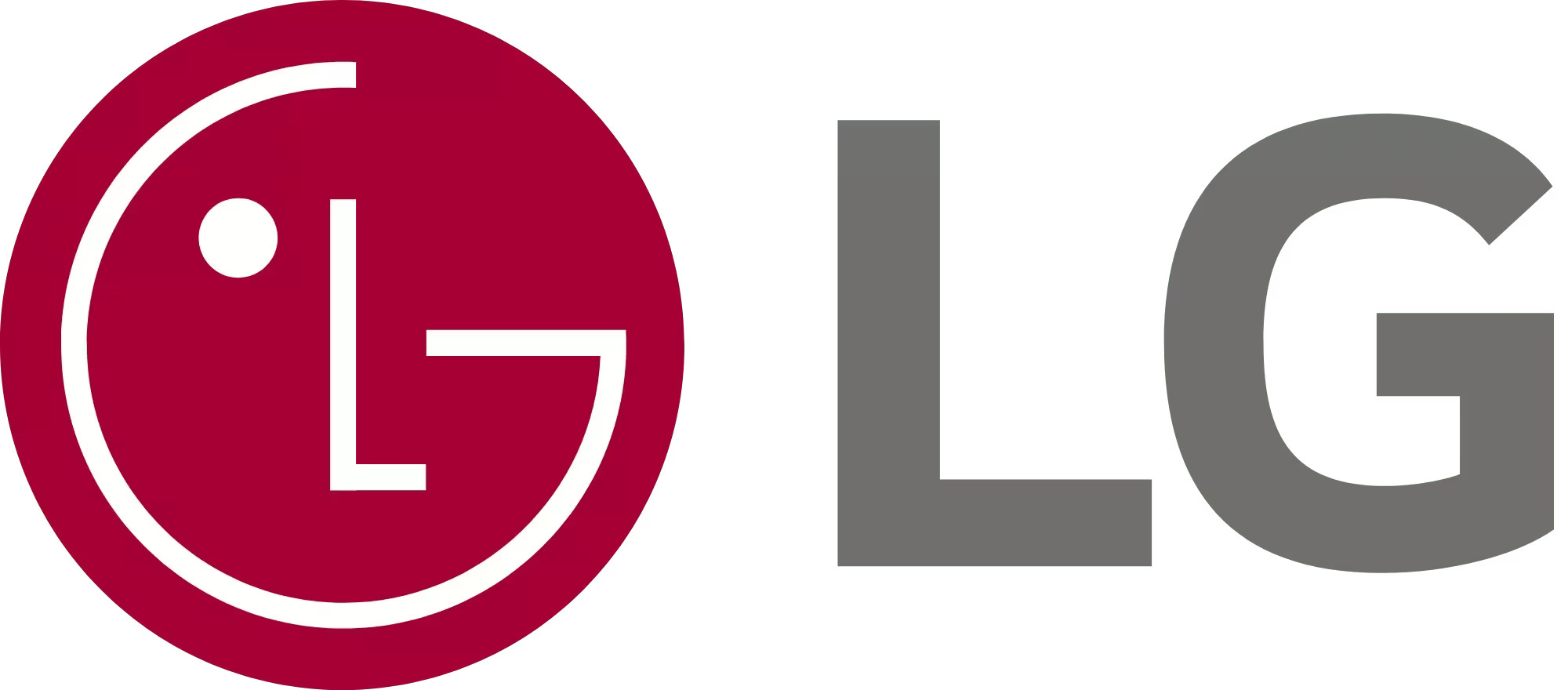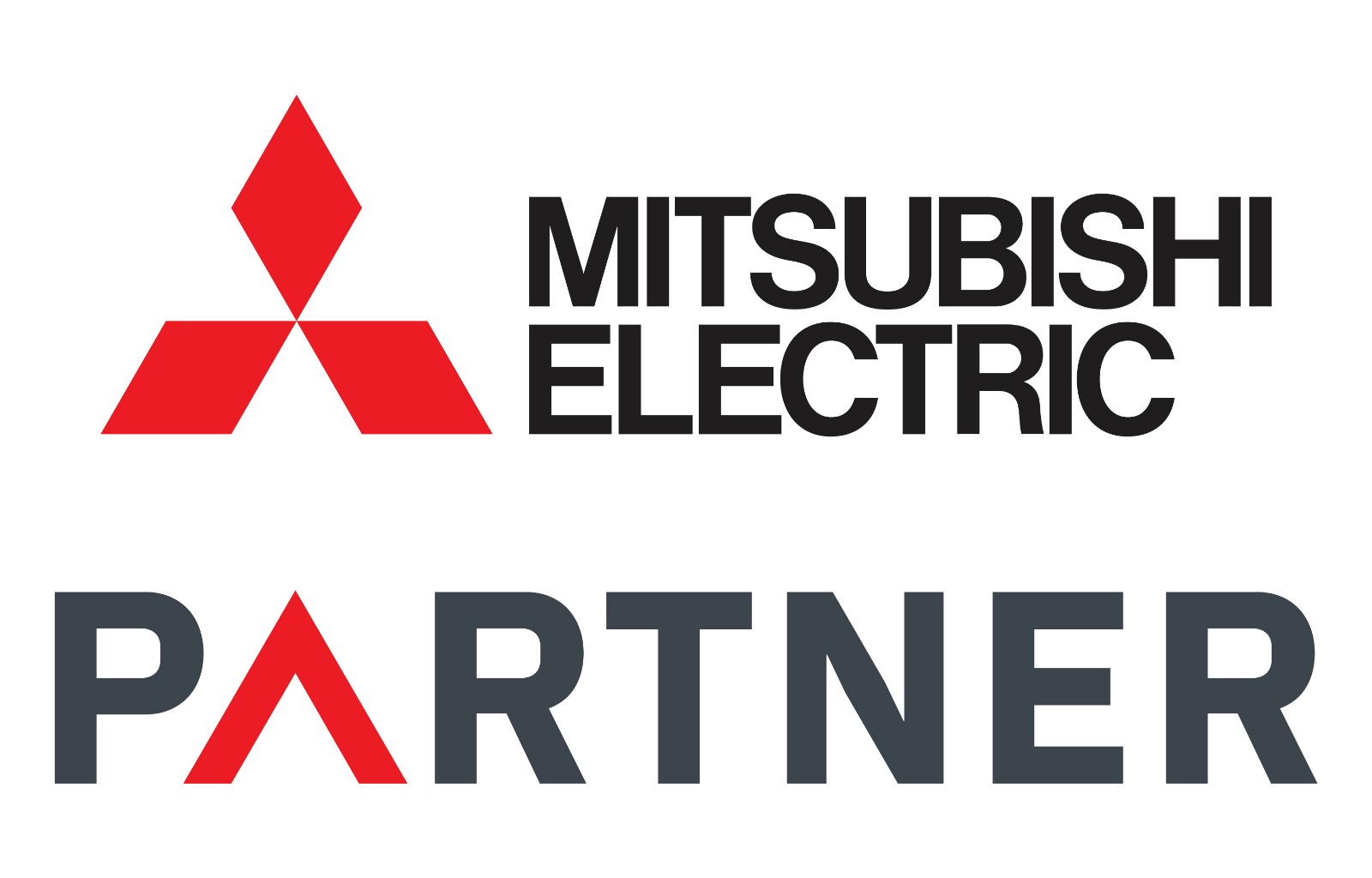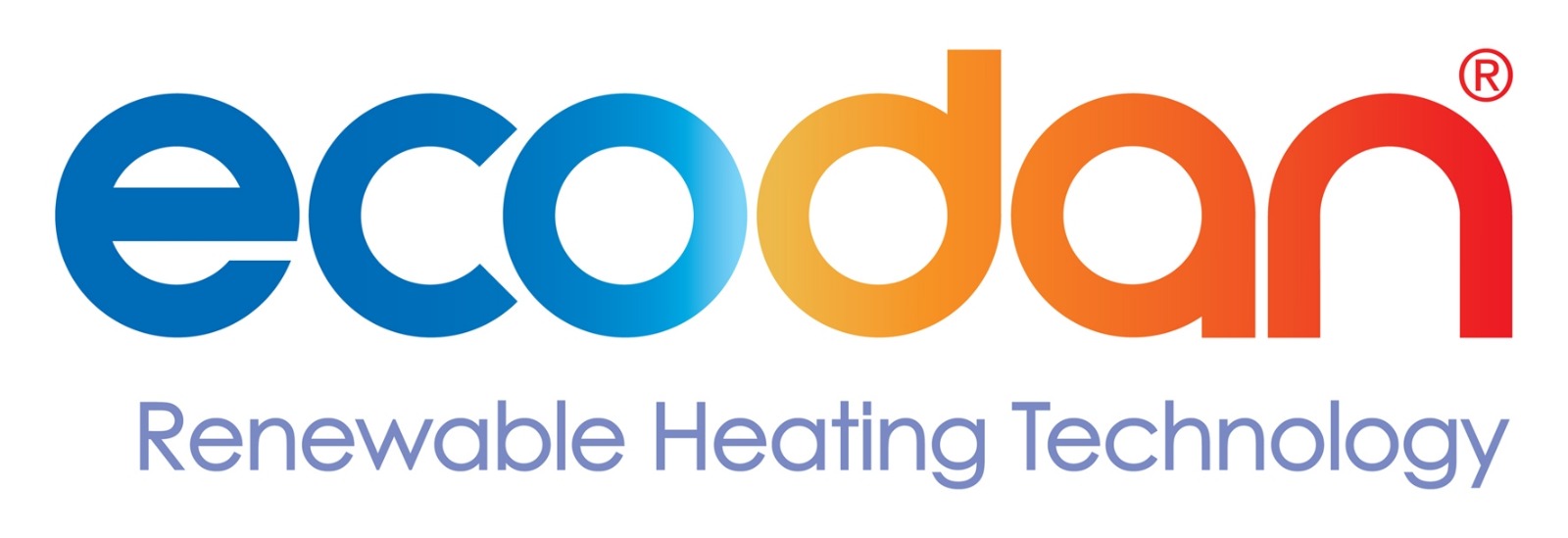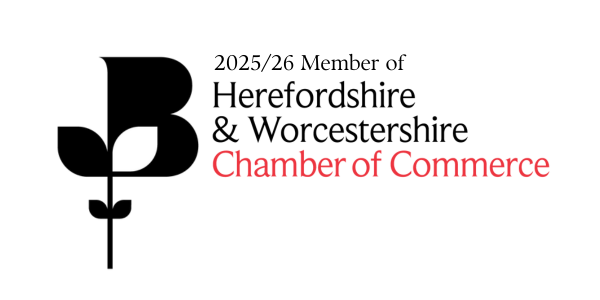After struggling to find decent engineers who understood our air source heat pump system, Adrian and the team at Spar
Do you want to increase the productivity at your commercial business? Increased ventilation at your commercial space must be adequate for staff and customers. Commercial ventilation has become a “hot topic” in recent years, especially after the recent COVID 19 pandemic.
To put your mind at ease, Sparta Mech are here to the rescue, having successfully installed appropriate ventilation systems and methods to recover any heat energy produced as a by-product.
What is involved in commercial ventilation?
Creating well ventilated spaces in the workplace creates a comfortable working atmosphere, free of dust, pollen and excess humidity. Systems such as air conditioning units are essential in modern working conditions from offices, warehouses to gyms and classrooms. Heat recovery is a factor which should be taken into account when planning for ventilation in the commercial premises.
Mechanical Ventilation with Heat recovery or MVHR uses very clever technology. Air that is expelled from the building can be filtered first to remove harsh particulates, heat energy from the expelled air can also be recovered to heat any incoming air.
MVHR technology
This type of system operates as a dual functioning system. The mechanical ventilation removes any stale and moist air which may also contain debris, dust and pollutants.
The heat recovery component may use a thermal wheel or counter flow plate heat exchange, this ultimately retrieves any heat energy in the expelled air.
As Sparta Mech engineers are highly experienced, we recommend MVHR units which include plate heat exchangers as they tend to be more efficient than the thermal wheel units. Additionally, MVHRs using plate heat exchanger technology can be concealed in ceiling spaces or small commercial spaces.
Some of our existing commercial customers opt for the MVHRs with thermal wheel technology where their business operations produce excess heat energy, premises such as swimming pools, factories and leisure centres.
Commercial kitchens also use MVHR technology, mostly in the form of run around coil exchangers. Commercial kitchen spaces can be hot, with excess steam and moisture and can become contaminated with food debris and dust.
Heat energy from the air space in a commercial kitchen is absorbed by water in the run around coils or loop system. The heat energy is transferred to the supply air stream in another coil.
Sparta Mech- Ventilation specialists in Hereford
As fully compliant Gas Safe engineers, we have years of experience and skill working with a range of commercial businesses. We know how stressful and disruptive any construction or installation work can be on your business operations.
Our team of contractors are efficient, fast and skillful. Once we come out and visit your commercial space, we can discuss the ventilation requirements we will need. We discuss factors such as the size of your property, occupancy as well as how best to make heat recovery and ventilation as efficient as possible.
As commercial businesses are encouraged to reduce carbon emissions and become more energy efficient, installing commercial ventilation systems and considering heat recovery methods could push your business into the green business initiatives. Using renewable energy and innovative technology is a big part of the world we live in today. With rising energy costs, installing more efficient MVHR systems could help keep costs down for your commercial business.
With a list of extremely happy customers in our portfolio, we strive to give customers an honest and reliable service. We are kept up to date with ever changing industry guidance and always consider the safety of visitors at your premises when conducting any installation work.
Contact one our the team to discuss how Sparta Mech could improve ventilation at your commercial business in Hereford today.













